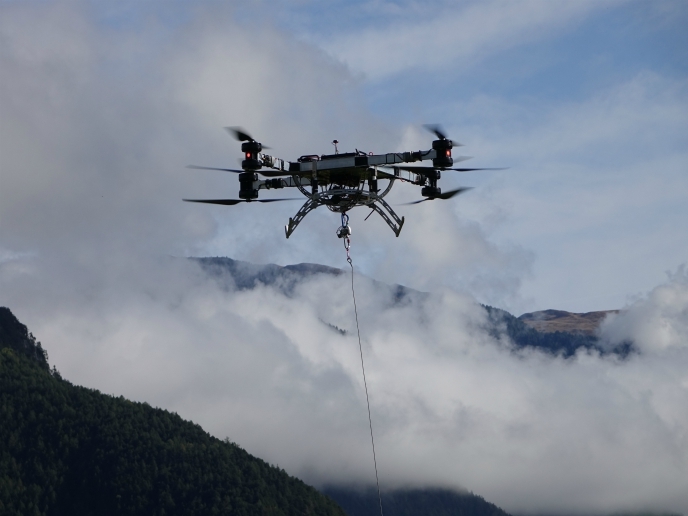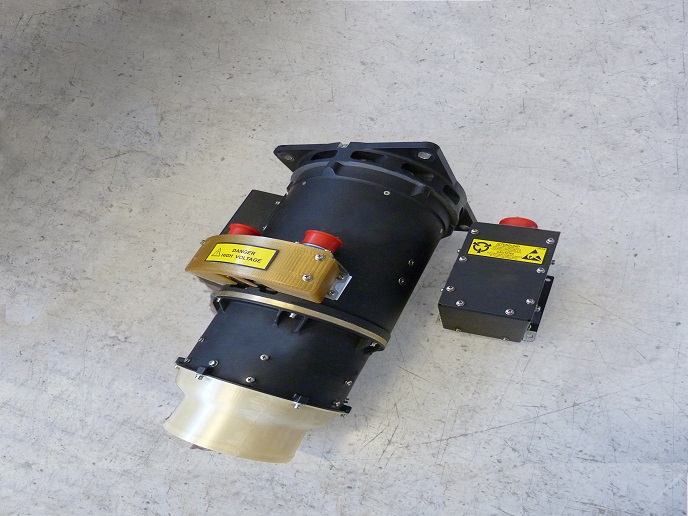Fresh groceries by drone to isolated eateries
Transport is either affordable or flexible – never both. Flexibility refers to how transport copes in the absence of infrastructure such as roads, railways or aeroplane landing sites. Helicopters are an expensive means of transportation, but also the most flexible, as they can easily access remote areas lacking transport infrastructure. Vans, the most affordable way to transport goods, are the least flexible, because they cannot reach places without road access. The solution is to use a combination of van and cargo drone. The van transports both drone and cargo, and the drone carries out the last-mile delivery. Thus, the affordability of the van and the adaptability of a helicopter can be combined for a cheaper, more effective service.
Easily transportable
The EU-funded Aerial Transport in Remote Areas (ATRA) project applied this approach, creating a drone-based cargo delivery service.“ We developed our own multicopter(opens in new window) drone, the FB3(opens in new window), focusing on commercial payloads to provide mountain shelters and restaurants in hard-to-reach places with fresh groceries,” states Moritz Moroder, project coordinator and CEO of Italian SME FlyingBasket. The brothers Moritz and Matthias Moroder first got the idea of using a drone when hiking in the Dolomites(opens in new window), where they noticed a helicopter delivering food. “In the following years, we have built and tested prototype drones in a mountainous area where weather conditions can be extremely challenging,” he explains. ATRA researchers worked on the design, production, operation and maintenance of the remotely piloted FB3 together with its control station, to offer aerial transport services with payloads of up to 100 kg. In order to improve usability and efficiency, the FB3 is designed to fit into a van, which transports both goods and drone to the closest accessible point for delivery.
Friendly to the environment
The drone falls into the category of vertical take-off and landing unmanned aerial systems (VTOL UASs) and has a maximum take-off weight of 160 kg and a range of 6 km. “Our multicopter uses a purely electric propulsion system and batteries for energy storage. The result is low noise, no exhaust gases, and battery energy transformed to motive power exceeding 80 % efficiency,” Matthias Moroder observes. The team also undertook a feasibility study to gain a deeper understanding of the market: they discovered that restaurants in hard-to-reach locations need fresh groceries delivered. They also organised demonstration flights for companies and institutions from other promising sectors like energy, agriculture and forestry. In addition, researchers carried out an economic feasibility study, resulting in a new operating plan and a new business plan. “The ATRA project helped us to define our business idea in a clear manner and identify a market where we can start immediately and which has scaling potential,” Moritz Moroder points out.







